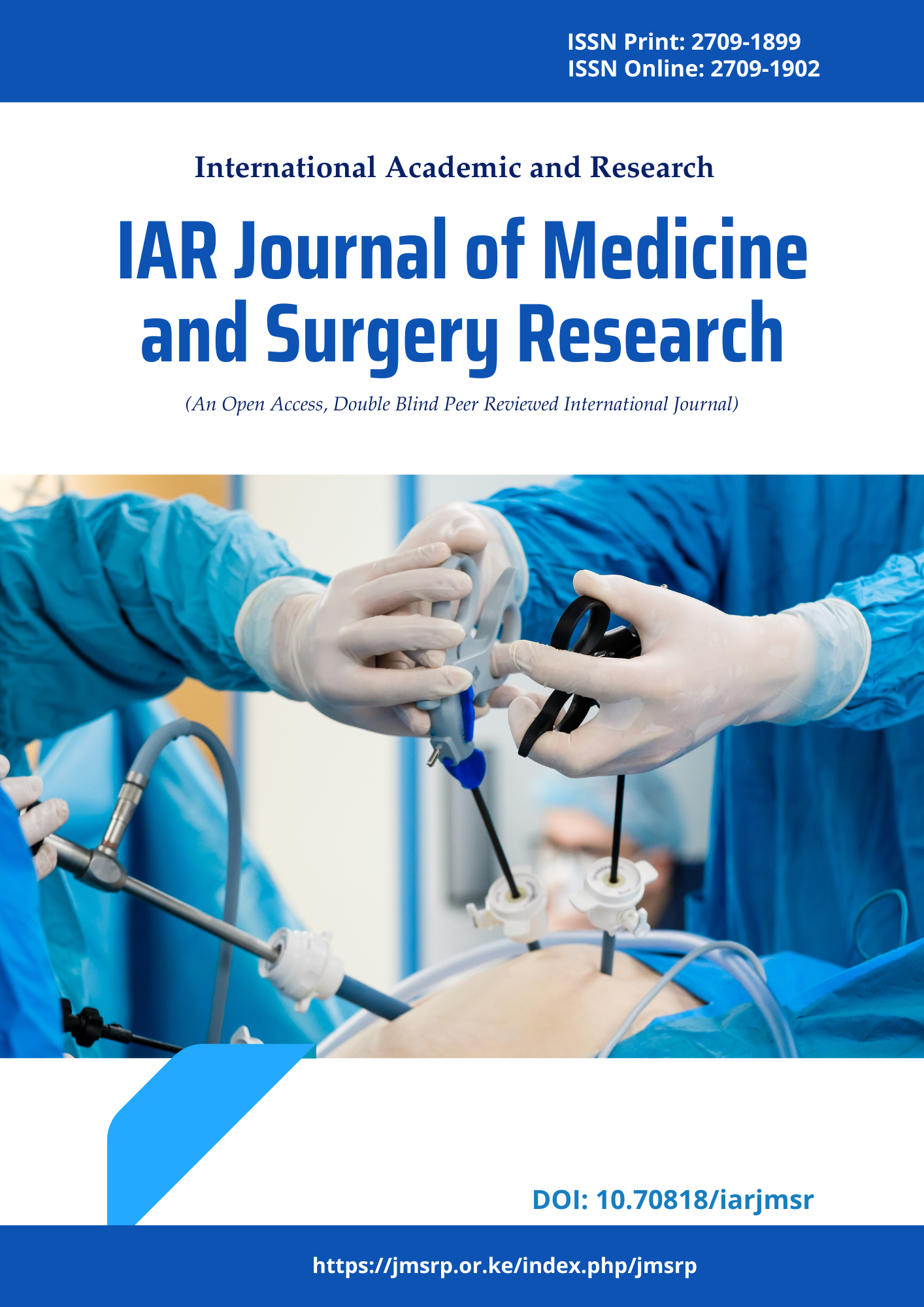A Descriptive Research of Decreased Heart Rate Variability as a Risk Factor for CardiovascularDisease in Young, Healthy Adults with Low and High BMI Indexes
DOI:
https://doi.org/10.47310/iarjmsr.2023.V04i04.02Keywords:
Heart Disease Risk Factors, Thinness, Overweight, Heart Rate Variability, Waist Circumference.Abstract
Background and objectives: HRV is used to evaluate autonomic nervous system input to the heart. Several studies have examined the effect of HRV on underweight status. To assess HRV in age-matched young people with varying BMI categories. Methods: This cross-sectional study was conducted on healthy young adults between the ages of 18 and 25. Variables of anthropometrics were measured. ECG was recorded for 5 minutes in lead II setup. Kubios HRV analyzer was used to evaluate heart rate variability. Results: HRV indices were lower in the underweight, overweight, and obese BMI groups compared to the normal weight group. Both genders exhibit an inverted U-shaped association between BMI and HF log power based on second-order polynomial regression. The correlation between BMI, waist circumference, and body fat (%) and HRV indices demonstrates a substantial relationship with heart rate variability, with waist circumference (WC) exhibiting a stronger relationship than BMI. Comparing HRV parameters between men and women of different BMI groups reveals that women exhibited more heart rate variability than men across BMI groups. Conclusion: Underweight individuals share the same elevated cardiovascular risk as the obese, and abdominal obesity is a more accurate predictor of cardiovascular risk than the body mass index (BMI).
















